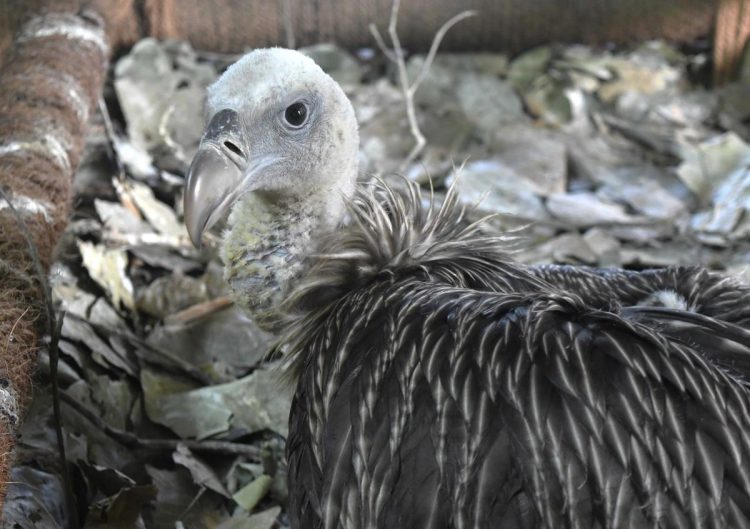What’s in News
The Assam State Zoo recently recorded the breeding of a Himalayan Vulture in captivity for the first time in India. Details of the successful breeding were recently published in a paper titled ‘Breeding of Himalayan Vulture Gyps himalayensis Hume, 1869 in the Assam State Zoo, Guwahati, Assam.
The species categorised as ‘Near Threatened’ with an estimated population of 66,000, witnessed a significant moment of hope in their conservation journey.
Conservation of Himalayan Vulture
The ground-breaking captive breeding of the Himalayan Vulture was recorded on 14th March, 2022, at the Assam State Zoo, making a significant achievement for wildlife preservation. These Vultures, which are native to the high Himalayas, were rescued from various poisoning and accident incidents in 2011-2012. The successful breeding comes as a dedicated effort to create a suitable environment for the birds and acclimate them to the tropical conditions of the zoo.
Challenges
Breeding the Himalayan Vulture in Guwahati was a challenging task as this species breeds in snow-clad mountains. However, with the passage of time, the vulture adapted to the zoo’s tropical surroundings. Researchers provided necessary care, created artificial brooding facilities with precise temperature and feeding schedules, to ensure the successful hatching and rearing of the nestling.
Significance
The successful breeding of Himalayan Vulture at the Assam State Zoo is the second instance in the world, after France, where these vultures have been bred in captivity. This accomplishment underscores the significant role of zoos and breeding centre in conservation efforts, particularly for endangered species like vultures.
Efforts for Conservation of Vulture’s Population
Vulture population have experienced drastic declines in recent years, leading to ‘Critically Endangered’ status for three resident Gyps vulture species.
The conservation breeding centres at four locations, including the Vulture Conservation Breeding Centre at Rani, Assam playing a pivotal role in augmenting vulture populations.
With 39 White-rumped vultures released into the wild from the VCBC in Haryana and West Bengal, researchers and conservationists are closely monitoring their progress through transmitters. This monitoring helps track the vultures’ movements and behaviour, further informing conversation strategies.
Find More Miscellaneous News Here





 Which City is known as the City of Bambo...
Which City is known as the City of Bambo...
 Who was the First Prime Minister of Indi...
Who was the First Prime Minister of Indi...







